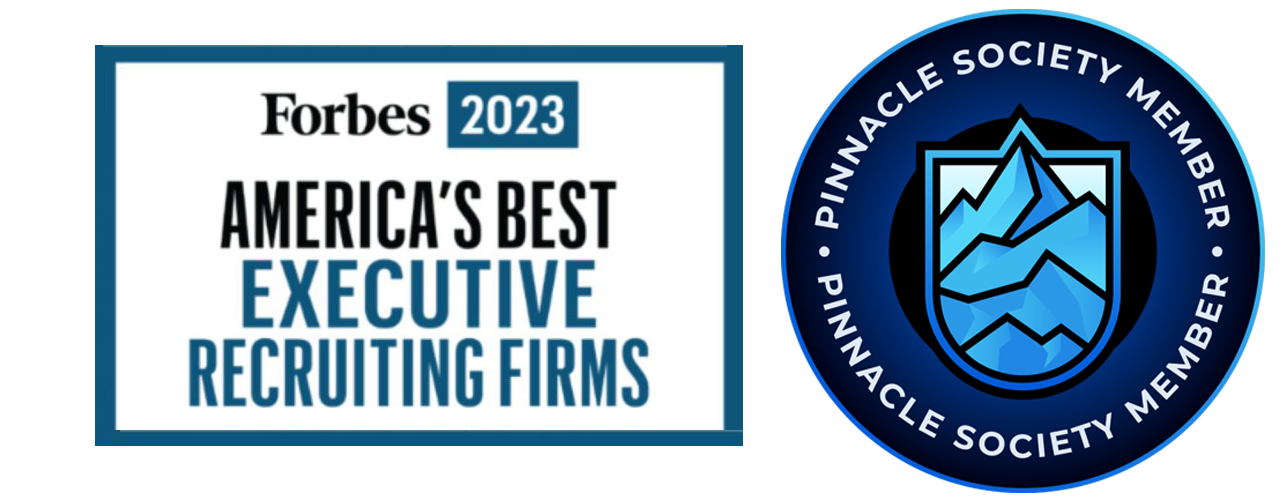Article Written By: Michael Brown of HCL Technologies
Michael Brown is Global Head of HCM, HCL Technologies.
Companies look to spend record sums to manage HR processes and talent. Human capital management applications might just be the answer, but CXOs harbor concerns about integrating cloud solutions into existing landscapes.
For the last five years, human resources (HR) departments across the globe have been challenged to acquire and retain talent. This trend shows no sign of abating. There are a number of business factors impacting human capital management (HCM) as a whole, and particularly the HCM application landscape in a big way. A recent study by Aberdeen Group shows the following HCM trends and top HCM priorities:

Design HR systems to improve business outcomes
Today the face of HR is often a portal, rather than a person. Almost all firms now provide universal access to HR services through technology and web-based applications; dramatically changing the lifecycle practice of human resource management from acquisition to retirement. Organizations must determine what technology will enable a transformation of their HR practices and market or extend their Talent brand.
HR has a second transformation coming. This is being enabled by best-of-breed talent management solutions delivered from the cloud. This evolution into a more technology-based function with cloud-based HR and talent systems is providing improved business outcomes by addressing the following HR needs:
- Reduce HR administration and compliance costs
- Locate, retain, engage and develop global talent
- Improve service and access to data for employees and managers
- Provide real-time metrics to allow decision-makers to spot trends and manage the workforce more effectively
- Enable the HR and talent functions to transform and become a more strategic partner for the business.
The current HCM application landscape
Many of the HCM systems in large companies’ legacy enterprise applications suites are not only limited in functionality, but must also support an outdated, architecturally-constrained software model. At the same time, the application landscape is being influenced by the following factors:
- Cloud HCM and user experience
Today’s users want a simplified user interface (UI) that is modern, intuitive and streamlined. Cloud applications bring to the surface frequently performed tasks, work across platforms and require hardly any training.
What is required is a consumer-grade UI that should champion the themes of simplicity, mobility and extensibility to set the simplified UI apart. - Talent management and Big Data analytics driving cloud adoption
The topic of Big Data, HR analytics and predictive analytics has been given a lot of press lately, and rightfully so. It affords HR leaders an opportunity to show the direct impact of their processes and initiatives on business outcomes. - The dream of one system for both core HCM and talent management applications
For years, HR customers dreamt of a cohesive and integrated HR system with the best of both worlds: core HR and talent management functionality provided in the same system. Providers of enterprise resource planning (ERP) solutions have been promoting the promise of an integrated end-to-end HR suite. - Integration with legacy applications
In a recent global CXO survey commissioned by HCL, integration into existing landscapes was by far the biggest implementation issue faced when it comes to cloud deployments. Many organizations lack the integration skills needed to integrate HCM cloud solutions with legacy application landscapes as well as to manage the associated complexities.
According to recently published research on HR technology buying trends, the market is hotter than ever. As companies start a new war for talent, this $4.3+ billion market continues to explode with growth. In fact according to research conducted by Deloitte on behalf of Bersin, 57% of companies plan to make a major new HR software purchase in the next 18 months; of these, 20% indicated that they will replace their talent management applications with an integrated suite and 14% indicated that they are looking to replace their human resources and/or information management system.
Watch for part two next Tuesday!
How can a customer navigate the HR software market to ensure that it receives the best-fit solution for its organization? In part two of this series, we will talk about why it’s important to take a holistic view of HR processes and how to work with a trusted IT partner to create a tailored HCM roadmap.
Michael Brown is Global Head of HCM, HCL Technologies.

